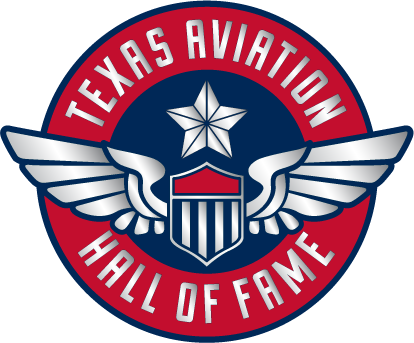The Lone Star Flight Museum announced in June that it has entered into an agreement with The Museum of Flight, Seattle, Washington to install an Aviation Learning Center (ALC) in the new $35 million museum.
The ALC is a computer and simulator based facility that will be used to teach middle and high school students.
The multi-room educational facility is used to introduce students to the concepts of aviation and the science, technology, engineering, and math critical to flight. The Lone Star Flight Museum will be partnering with the Texas-based aircraft company, Mooney International Inc.
headquartered in Kerrville, Texas, which will provide the aircraft for the Center.
“We are pleased to partner with the Museum of Flight and Mooney International to bring this exciting educational tool to Texas,” said Scott Rozzell, Chairman of the Board, Lone Star Flight Museum. “Houston will be home to only the second ALC in the country.”
The Aviation Learning Center will provide an interactive learning environment for students in grades 5 – 12 focusing on aircraft identification, aerodynamics, traffic control, and more. It will be aligned with Texas academic standards in order to assist educators in their STEM (Science, Technology, Engineering, and Mathematics) project based curriculum.
“STEM education is an important part of the mission of the Lone Star Flight Museum,” said Dr. Bonnie Dunbar, Director of the University of Houston’s STEM Center and Director/ Co-Chair of the Education Committee of Lone Star Flight Museum. “The ALC will allow the museum to expand its operations to meet the STEM needs of our next generation of youth in a fun and challenging way.”
Dunbar is on a mission to change the way the public, especially students and parents, perceives science and engineering. “We need more students in science and engineering,” she said. “I am an engineer. I knew I wanted to be involved in the space program when I was about nine. And back then, everyone knew what an engineer was because we were going to the moon. There was more discipline in the classrooms. We learned math, which is the world’s universal language. Without math, we’d be sitting here without air-conditioning, without glass; it would be a swamp.
“I think a lot of the public has missed that point.
So what has happened is the public has forgotten that the things that people take for granted, like computers and wireless devices, are the products of going to the moon. These are applications that branched out from that engineering movement.
“We have seen a thought movement that technology is a problem; that we need to get back to nature. Now, instead of celebrating our scientists and engineers, we think they make everything worse.
“I have found that though there may be students with big promise, I take one step forward and two steps back because of the media. Much of it is the imaging on TV and the Internet. Engineers are the guys in the background. You don’t see many women engineers on television at all.
“In other countries, you see 60% of engineers are women. In the U.S., about 18% of engineers are women. This is a cultural thing. It’s my generation of mothers that bring up their daughters to think it’s a man’s field; that math and science are not for girls.
